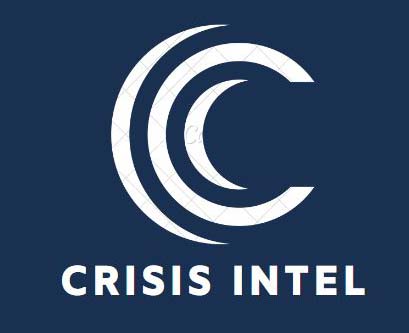Business Impact Analysis
Assessing Business Impacts:
Exploring the process of conducting a business impact analysis (BIA) to identify critical business processes, dependencies, and the potential impact of disruptions on these processes.
Identifying Critical Business Processes: Discussing the identification and documentation of key business processes that are vital for the organization’s operations, revenue generation, and customer satisfaction.
Dependencies and Interdependencies: Highlighting the understanding of dependencies within and between business processes, including technology systems, suppliers, personnel, and other resources.
Impact Identification: Explaining the process of evaluating the potential impacts of disruptions on critical business processes, such as financial loss, productivity decline, customer dissatisfaction, regulatory non-compliance, and reputational damage.
Suggested Image: An image representing the business impact analysis process, such as a team conducting interviews and data collection for assessing business impacts, a diagram showing interconnected business processes and dependencies, or a visual representation of impact identification.


Impact Prioritization:
Discussing methods for prioritizing business impacts based on various factors to focus resources and recovery efforts effectively.
Factors for Prioritization: Exploring criteria for impact prioritization, such as financial loss, reputation damage, regulatory compliance, customer service, and legal obligations.
Risk Assessment: Discussing the role of risk assessment in evaluating the likelihood and severity of impacts to determine their prioritization.
Prioritization Frameworks: Introducing frameworks and techniques, such as impact matrices, risk scoring models, and business value assessments, to prioritize impacts systematically.
Suggested Image: An image representing impact prioritization, such as a matrix or chart displaying prioritized impacts based on severity and likelihood, a team collaborating on prioritization using a structured framework, or an illustration of different factors considered during the prioritization process.
Recovery Time Objectives (RTOs) and Recovery Point Objectives (RPOs):
Explaining the concepts of RTOs and RPOs and their significance in defining recovery requirements for critical business processes.
Recovery Time Objective (RTO): Discussing the acceptable duration of downtime and the maximum tolerable period within which business processes should be restored after a disruption.
Recovery Point Objective (RPO): Explaining the maximum allowable data loss in terms of time that the organization can tolerate for critical business processes.
Determining RTOs and RPOs: Exploring the process of setting RTOs and RPOs, considering factors such as business process dependencies, technology capabilities, regulatory requirements, and customer expectations.

